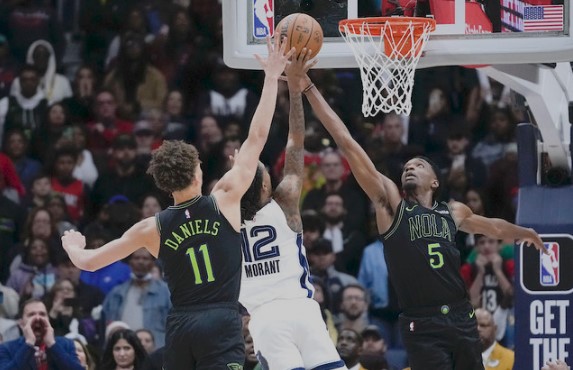At first glance, the answer to “How long are basketball games?” seems straightforward. Most people know it’s not a timed sport like football or soccer. But the true duration of a basketball game is more nuanced than a simple clock reading. Let’s delve deeper into the factors that determine how long a basketball blooket login game actually lasts, venturing beyond the regulation time.
The Official Clock: A Framework, Not a Guarantee
The official length of a basketball game depends on the league. Here’s a breakdown of regulation times:
- NBA (National Basketball Association): A Regulation NBA games consist of four quarters, each lasting 12 minutes. This translates to a total of 48 minutes of playing time, though this rarely reflects the actual game duration.
- Women’s National Basketball Association (WNBA): WNBA games last 40 minutes during regulation time, with each quarter lasting 10 minutes.
- Women’s National Basketball Association (WNBA): WNBA games last 40 minutes during regulation time, with each quarter lasting 10 minutes.
- Important Note: These are just the baselines. The actual game clock stops and starts frequently throughout the game for various reasons, significantly impacting the total duration.
Stoppages and Starts: The Ticking (and Pausing) Clock
While the official clock provides a framework, numerous stoppages disrupt the flow of the game, extending its overall duration. Here are some key factors:
- Fouls and Free Throws: Fouls are a frequent occurrence, halting the clock and allowing for free throw attempts. The number of fouls and free throws can significantly impact the game’s length.
- Timeouts: Each team is allotted a designated number of timeouts per game, allowing them to strategize or substitute players. These timeouts stop the clock and add to the total duration.
- Reviews: Coaches can challenge officiating calls, leading to video reviews that pause the clock. The frequency of these reviews can extend the game.
- Out-of-Bounds Plays: The clock stops when the ball goes out of bounds, leading to a brief pause as the ball is inbound. The number of these occurrences can add up over the course of the game.
- Halftime: A 15-minute halftime break separates the second and third quarters, considerably adding to the overall duration.
These stoppages and starts, while crucial to the game’s flow and fairness, contribute significantly to the difference between the regulation time and the actual game duration.
Beyond Regulation: Overtime and Unexpected Delays
Sometimes, the score remains tied at the end of regulation time, leading to overtime. Overtime periods typically last for five minutes, with additional five-minute periods played if the tie persists. These overtime periods significantly extend the game’s duration, with some historic games lasting for hours due to multiple overtimes.
Unforeseen circumstances like injuries, equipment malfunctions, or even power outages can also lead to delays, further extending the game’s duration beyond the anticipated timeframe.
The Art of the Hustle: How Gameplay Impacts Duration
The way the game is played also influences its length. Here’s how:
- Fast-Paced Games: Games with a high tempo, featuring quick plays and numerous possessions, tend to be shorter as the clock runs more continuously.
- Strategic Slowdown: Teams trailing late in the game might strategically foul to stop the clock, leading to more free throws and stoppages, extending the game’s duration.
- Defensive Strategies: Strong defensive strategies can lead to fewer points being scored, resulting in more stoppages and potentially a longer game due to a lower scoring pace.
The style of play and strategies employed by teams can influence how long a basketball game actually lasts.
The Final Buzzer: Understanding the True Duration
Understanding the factors beyond the official clock is crucial for managing expectations when watching a basketball game. Here’s a takeaway:
- Expect more than regulation. Time: Anticipate the total game duration to extend beyond the official 48 minutes (NBA) and 40 minutes (WNBA, NCAA) due to stoppages and breaks.
- Factors Affecting Duration: The number of fouls, timeouts, reviews, and the overall pace of the game significantly impact the total duration.
- Overtime Adds Time: Be prepared for overtime periods if the score remains tied at the end of regulation, adding significant extra minutes.
- Unforeseen Delays: Be aware that unforeseen circumstances can further extend the game’s duration.
Knowing these factors will allow you to appreciate the true rhythm of a basketball game, understanding that the story unfolds not just Blooket within the confines of the official clock but within the dynamic flow of the entire contest.


